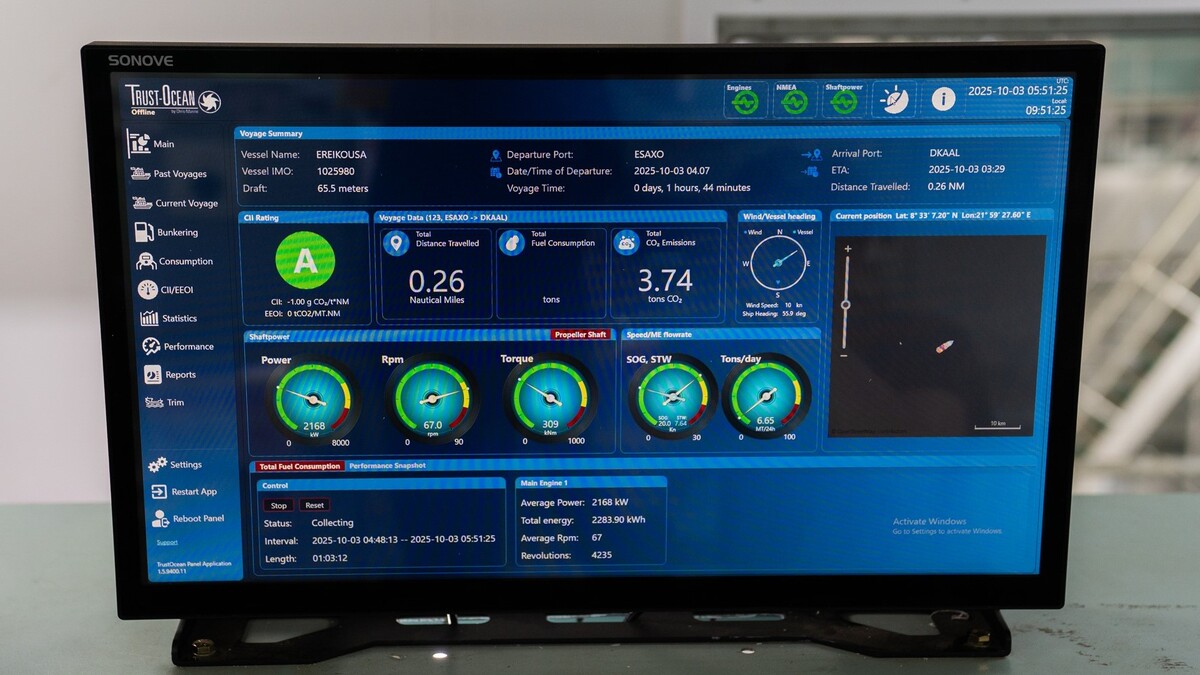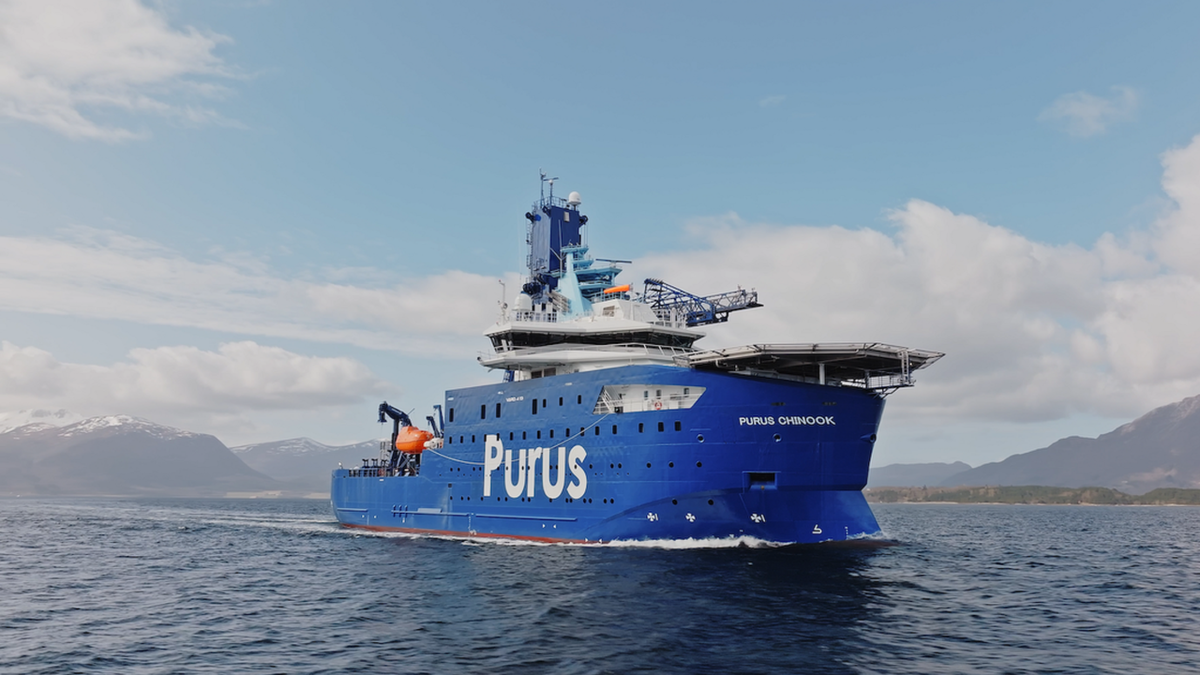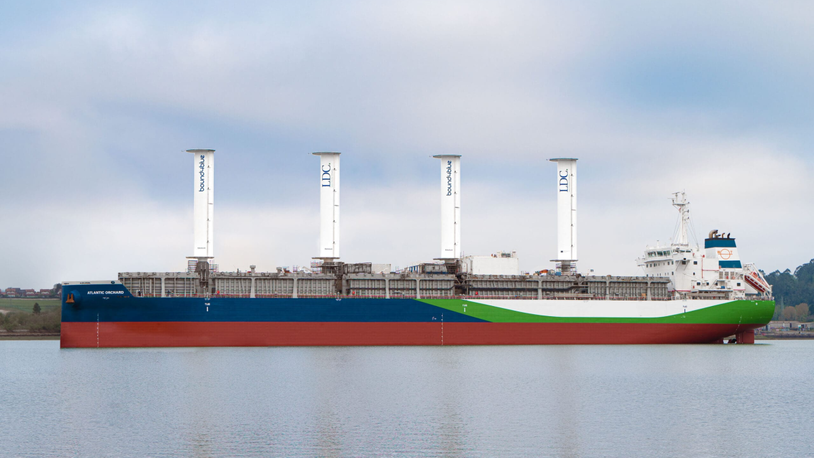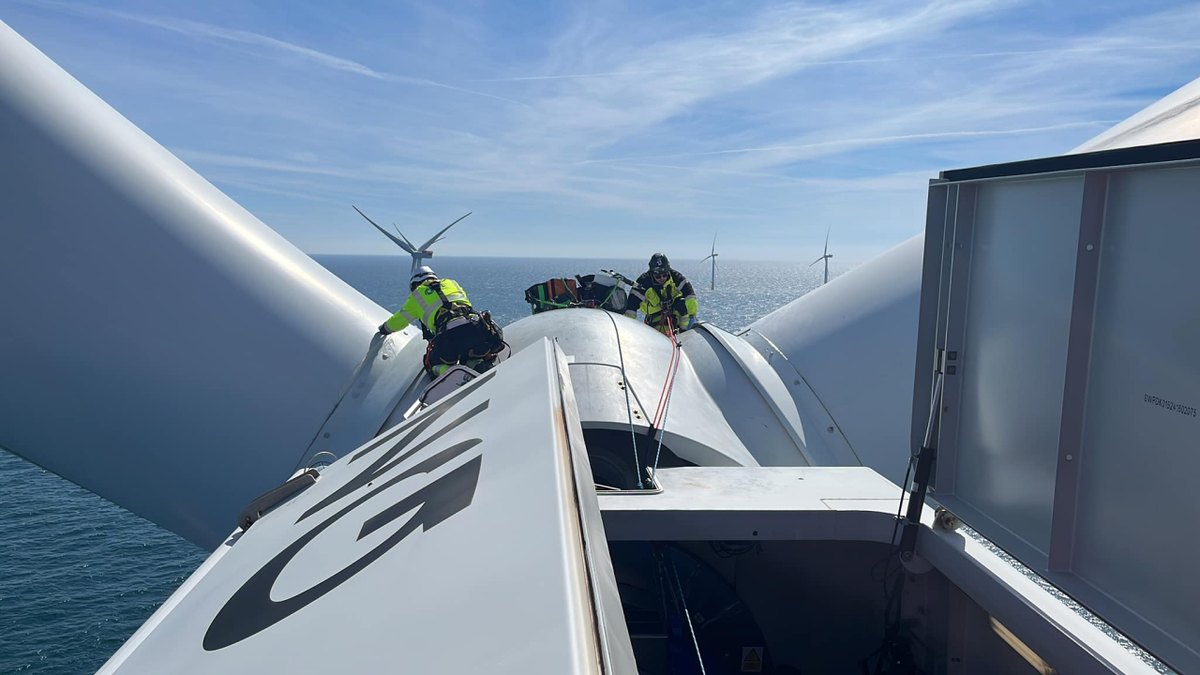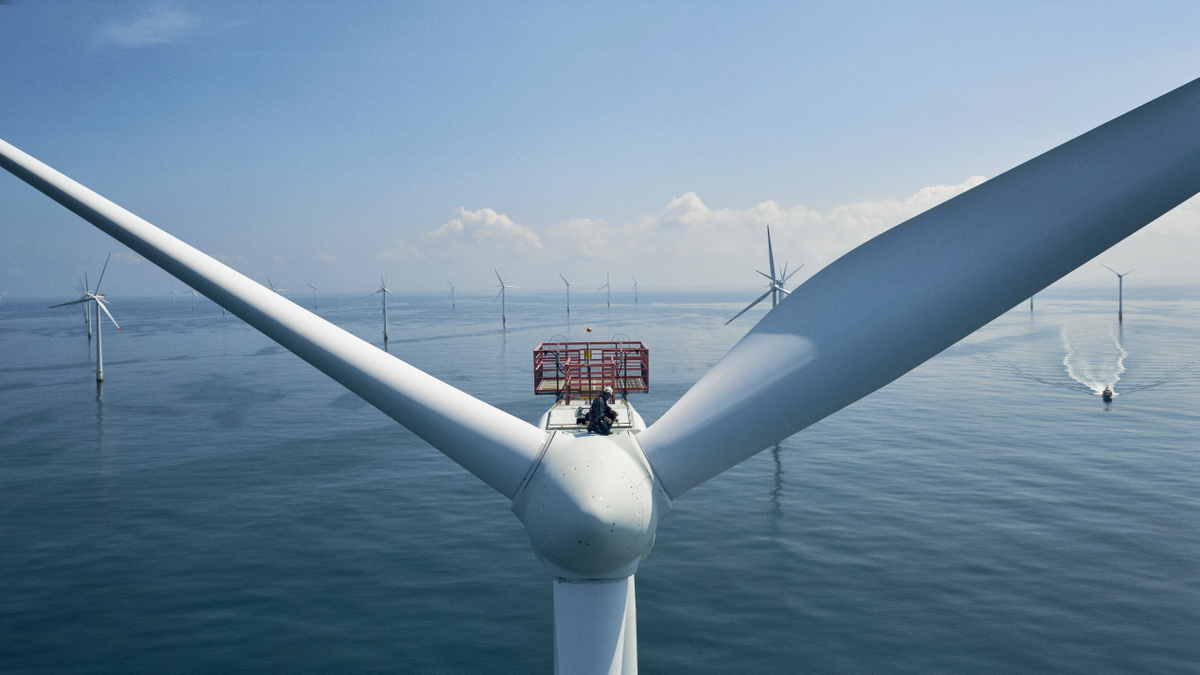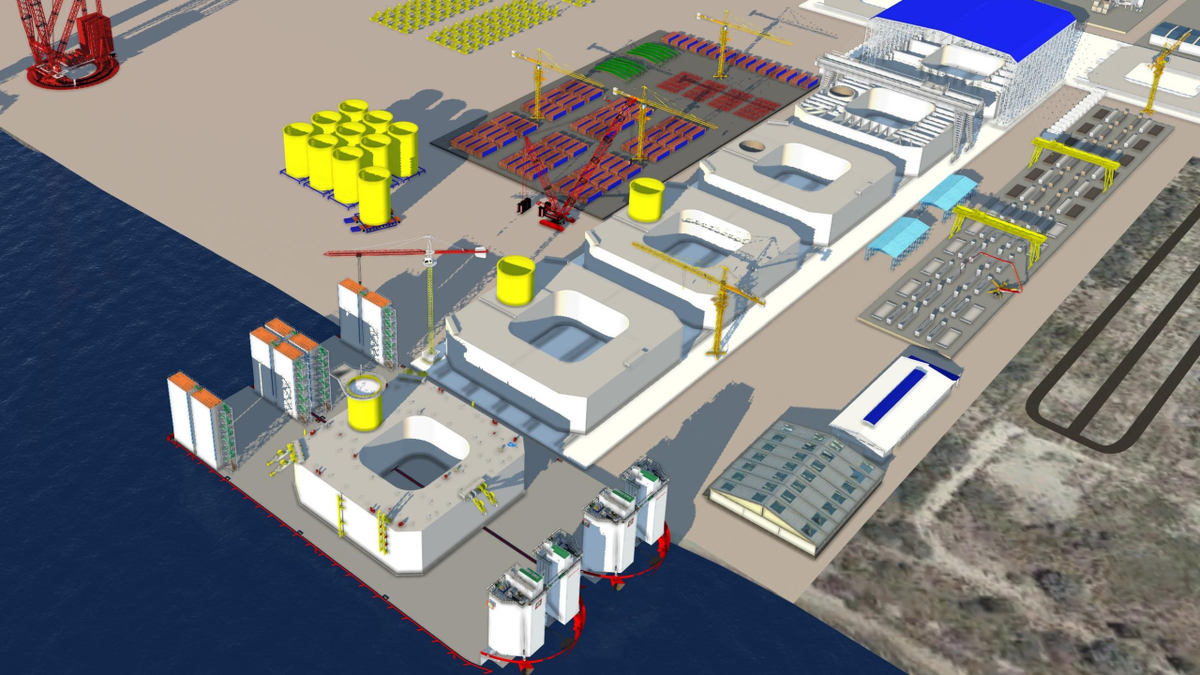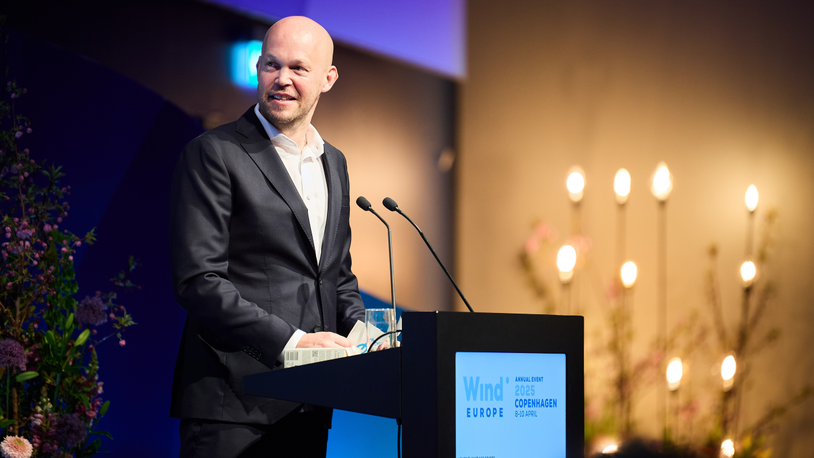Business Sectors
Contents
Register to read more articles.
Colombia kick-starts lease auction but offtake questions persist
Country is first in Latin America to initiate process for seabed rights for offshore wind
Late 2023 saw the Colombian government initiate an evaluation process that will result in the award of its first lease areas for offshore windfarms.
The process is said to have attracted interest from several well-known developers, but analysts warn the evaluation process will be lengthy and potential offtake options for power from Colombian offshore windfarms are unclear as yet.
As Offshore Wind Consultants (OWC) senior consultant Adriana Vargas-Colwill tells OWJ, late 2023 saw a flurry of activity as the Colombian authorities launched draft terms of reference (ToR) for the first competitive process to allocate seabed areas.
A centralised allocation system was adopted, co-ordinated by the National Hydrocarbons Agency, which allocates onshore and offshore lease areas in the offshore oil and gas sector, with a two-stage seabed leasing process. The first stage is a ‘Temporary Occupation Permit’ for a period of eight years, for development activity; the second a ‘Concession Contract’ that allows for a lease of up to 30 years, extendable by up to 15 additional years, for the operation of a project and its eventual decommissioning.
“In early December, the response to the public consultation on the draft ToR for offshore wind was released,” Ms Vargas-Colwill explains, after which developers submitted documentation in the first phase of the evaluation process. She says they had until late February 2024 to do so, after which, the evaluation process by the Colombian government will take place, culminating in December 2024. This means an announcement about which companies have won the country’s first round of seabed leasing is not now expected until late 2024 or early 2025.
As Ms Vargas-Colwill explains, the Colombian authorities have identified two areas for the country’s first offshore wind leases, off the coast of the departments of Atlántico, Bolívar, Magdalena and the north of Sucre, covering a total area of about 10,700 km2. “These areas are expected to be sufficient for up to 3 GW of offshore wind,” she tells OWJ.
A particular feature of the lease auction is that consortia are required to enter into a shareholding agreement with a Colombian state company. Ms Vargas-Colwill says a company has not been identified by the authorities, but state oil company Ecopetrol is expected to be first and foremost in the government’s mind. Ecopetrol is majority owned by the Republic of Colombia and is an integrated oil and gas company that carries out exploration, development and production of oil and gas. “The Colombian government is keen to ensure it retains experience in the development of offshore wind projects,” Ms Vargas-Colwill explains. “With its offshore expertise, Ecopetrol is an obvious partner for developers, but there are likely to be others, such as domestic energy and renewables companies who will be sought out by international developers.”
Ms Vargas-Colwill says Colombia’s experience of developing offshore oil and gas projects will stand it in good stead when it comes to developing offshore wind. It also has ports at which facilities to support the offshore wind sector could be developed. None of the leading owners and operators of installation vessels has experience of the Central American market, which could be challenging, but by far the biggest question mark about offshore wind in Colombia is what form of offtake mechanisms the Central American country will adopt. “There hasn’t been any clarity about this yet,” she tells OWJ. “It will undoubtedly come, in the later stages of the process, but how power from offshore wind will be brought to market isn’t clear yet.”

Other well-known analysts, such as those at Aegir Insights, agree the development of the market in Colombia faces challenges relating to infrastructure, and also agree offtake mechanisms are probably the biggest.
Aegir Insights lead analyst for the Americas region Signe Sørensen says Bogotá kick-starting offshore wind development now “will mean Colombia can reap long-term benefits from its world-class resource later.” She says the design of the tender – and its use of qualitative criteria based on bidders’ track-records – will improve the chances of projects being built.
She says Aegir Insights assumes the focus will be on the shallow water areas in the tender, areas where fixed-bottom turbines will be an inexpensive option to exploit. She says power could be sold via the regulated market or via renewable energy auctions, but this is unlikely due to tough price competition from cheaper sources – and there are currently no indications that offshore wind-specific auctions may be held.
Alternatively, she suggests, power from offshore wind could be sold via private PPAs in the free market. PPAs could be agreed with companies that want more renewable energy, or with utilities mandated by local governments to procure offshore wind. This could be the case in the Atlántico and Bolivar departments, where electricity prices are relatively high.
Using offshore wind as a power source for green hydrogen would be relevant if offshore wind development happens in La Guajira, as this is where the best wind speeds, largest fixed-bottom areas and lowest levelised cost of energy is found. Aegir Insights notes Colombia’s National Hydrogen Roadmap aims to develop 1-3 GW of electrolyser capacity for green hydrogen by 2030 and to expand production between 2030 and 2050 to enable Colombia to become a hydrogen exporting country, but the La Guajira area is not part of the initial leasing process.
If La Guajira becomes an offshore wind development area, potentially due to the hydrogen route to market opening, Colombia could have 5-10 GW offshore wind in the long term, says Aegir Insights. If offshore wind is only built in areas by Barranquilla and Santa Marta identified in the first auction process, capacities will likely be restricted to up to 2 GW.
“Despite most potential being around La Guajira, Colombia’s offshore wind developments are mainly expected to take place further south due to the sparse infrastructure of La Guajira,” says Aegir Insight. “This contrasts with the area proposed for the first auction, which benefits from being close to the cities of Cartagena and Barranquilla, with grid connection and port upgrade opportunities.
The waters further north, off La Guajira, have rich potential, Aegir Insights says, and much more offshore wind capacity could be built offshore La Guajira in the longer term, but the initial developments will be all about the upcoming tender area, closer to the cities of Barranquilla and Santa Marta, with water depths of up to 60 m and better infrastructure.
Make your plans now to attend Offshore Wind Journal Conference 2024 in London 6 February 2024, click here to purchase tickets and attend this industry-leading event
Related to this Story
Events
International Bulk Shipping Conference 2025
Tankers 2030 Conference
Maritime Navigation Innovation Webinar Week
© 2024 Riviera Maritime Media Ltd.

